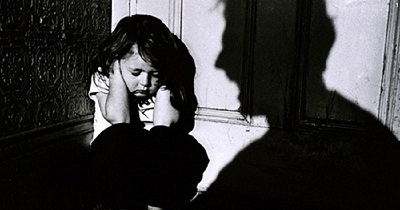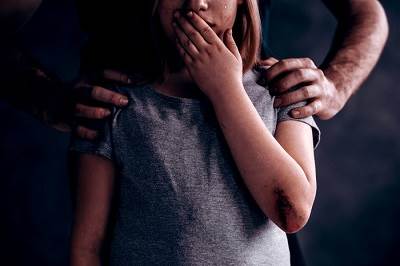
Developmental trauma

People diagnosed with DID often report that they have experienced severe physical abuse, especially during early to mid-childhood.They also report more historical psychological trauma than those diagnosed with any other mental illness.Severe sexual, physical, or psychological trauma in childhood has been proposed as an explanation for its development; awareness, memories and emotions of harmful actions or events caused by the trauma are removed from consciousness, and alternate personalities or subpersonalities form with differing memories, emotions and behavior. DID is attributed to extremes of stress or disorders of attachment. What may be expressed as post-traumatic stress disorder (PTSD) in adults may become DID when occurring in children, possibly due to their greater use of imagination as a form of coping.
Therapist-induced

The prevailing post-traumatic model of dissociation and dissociative disorders is contested. It has been hypothesized that symptoms of DID may be created by therapists using techniques to "recover" memories (such as the use of hypnosis to "access" alter identities, facilitate age regression or retrieve memories) on suggestible individuals. Referred to as the "sociocognitive model" (SCM), it proposes that DID is due to a person consciously or unconsciously behaving in certain ways promoted by cultural stereotypes,with unwitting therapists providing cues through improper therapeutic techniques. This behavior is enhanced by media portrayals of DID. The therapy-caused cases of DID, it is argued, are strongly linked to false memory syndrome, a concept and term coined by members of the False Memory Syndrome Foundation in reaction to memories of abuse they allege were recovered by a range of controversial therapies whose effectiveness is unproven. Such a memory could be used to make a false allegation of child sexual abuse.
Children

DID is rarely diagnosed in children, despite the average age of appearance of the first alter being three years. This fact is cited as a reason to doubt the validity of DID, and proponents of both etiologies believe that the discovery of DID in a child that had never undergone treatment would critically undermine the SCM. Conversely, if children are found to only develop DID after undergoing treatment it would challenge the traumagenic model.As of 2011, approximately 250 cases of DID in children have been identified, though the data does not offer unequivocal support for either theory. While children have been diagnosed with DID before therapy, several were presented to clinicians by parents who were themselves diagnosed with DID, others were influenced by the appearance of DID in popular culture or due to a diagnosis of psychosis due to hearing voices which is a symptom found similarly in DID.